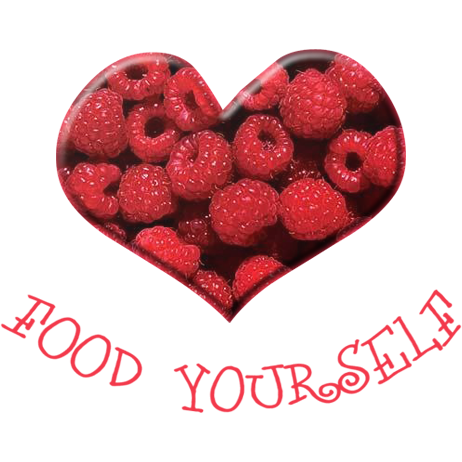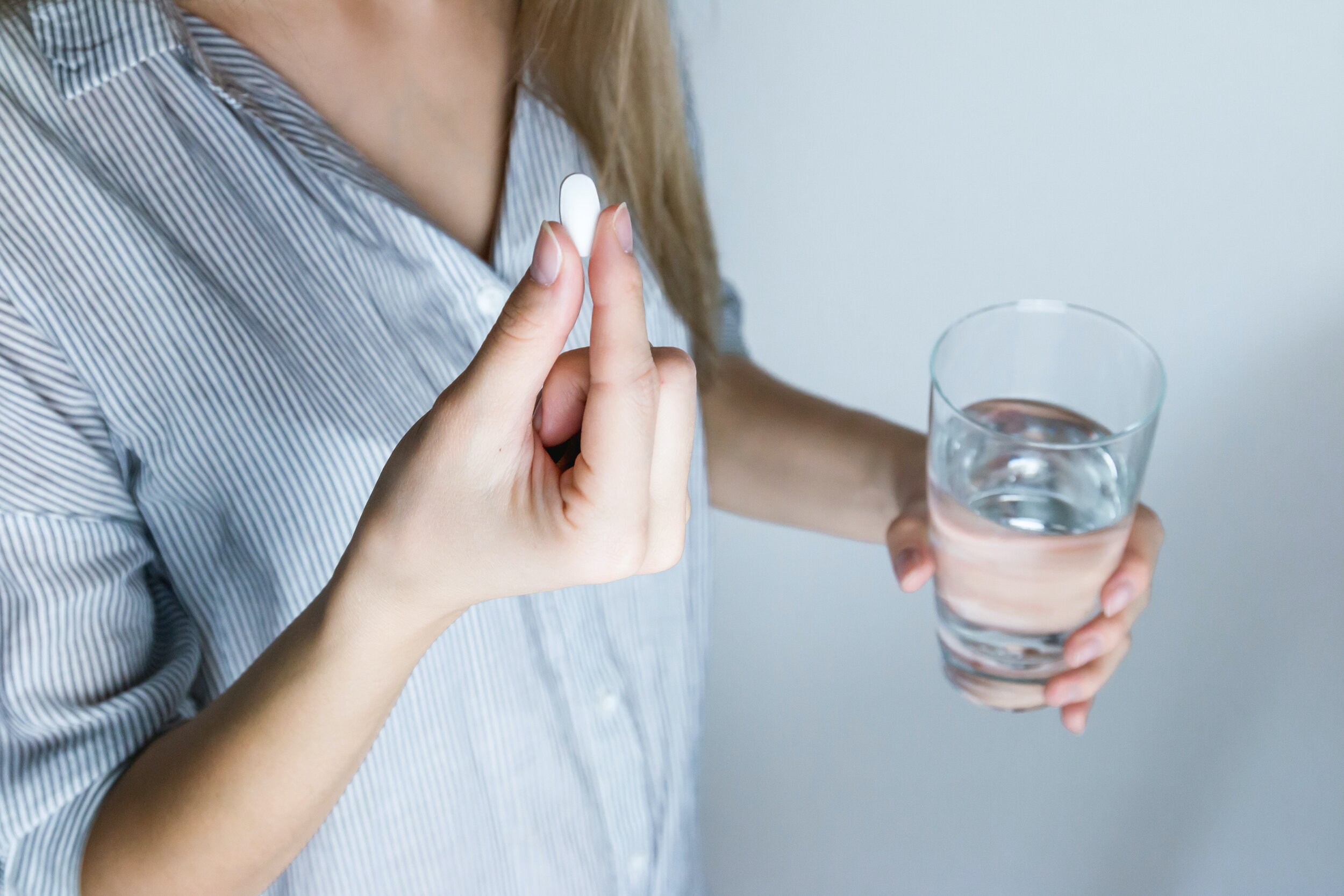Should You Take an Iron Supplement? Here’s My Story!
If you’ve been feeling extra tired lately or experiencing unexplained hair loss or brittle nails, you might want to get your iron levels checked! For decades, I’ve personally struggled with low iron and only recently have I succeeded in getting my iron levels up—so I wanted to share my journey with you and what I did, just in case it helps you!
First things first, who’s at a greater risk for iron-deficiency anemia? Pregnant women, menstruating women, children, older adults, vegetarians and runners. Runners? Yup! Running can cause trace amounts of gastrointestinal bleeding and a condition called “foot-strike”—hemolysis that breaks down red blood cells at a faster rate. Personally, I fall into three of these categories, so are we really surprised that I had iron-deficiency anemia? Plus celiac disease runs in my family and undiagnosed celiac disease can cause iron-deficiency anemia, so the odds were always against me.
As a food-first dietitian, my heart wants me to tell you to eat all the iron-rich foods you can, but when you have iron-deficiency anemia you will need a supplement. A note on supplements: when you start taking any supplement, you should feel the difference. For instance, if you start taking omega-3s for dry eyes, you should notice the stinging, burning or scratchy sensation in your eyes is gone. Same story with your iron supplement. Ideally, you will wake up with a little more energy - it won’t be a huge boost, but you won’t feel like a truck hit you.
Which iron supplement is best?
There are so many iron supplements out there so keep trying different ones until you find the one that works for you! Here’s the list of the iron supplements I’ve personally tried and please know that I do not have a commercial relationship with any of these companies: FeraMAX, Pranin Organic PureFood Iron, MegaFood Blood Builder, Vitality Power Iron + Organic Spirulina and Bob’s Iron.
Other tricks of the trade when taking your iron supplement:
Vitamin C and heme iron (animal sources) taken at the same meal can improve the absorption of non-heme iron (plant-based sources).
Bran fiber, caffeine, large amounts of calcium particularly from supplements, and plant substances like phytates and tannins can inhibit the absorption of non-heme iron, so you want to wait three hours before & after taking your iron supplement to eat these foods
A low-dosage of iron every other day instead of once or twice every day
So what worked for me?
I spent years playing around with different supplements, taking them at different times during the day, or every other day, on a full stomach, on an empty stomach and the winning result was: taking one Bob’s Iron right before bed. I usually have a cup of tea in the evening with calcium-rich soy milk, so I’m not technically waiting the three hours, but the tannins and calcium in my tea haven’t seemed to inhibit my absorption of the iron and for the first time in decades my last ferritin blood test was 70 ug/L. For your reference, the ‘normal range’ is 15-247 ug/L, and you are aiming for 50 ug/L unless you have a high efficient user at 30 ug/L.
It will generally take 3 months to completely replete hemoglobin levels and sometimes even longer to replete ferritin levels, so if you are currently taking an iron supplement wait at least 3 months before getting your hemoglobin and ferritin levels retested. Ideally, once you have successfully replenished your iron stores, then you can rely on iron rich foods to keep your levels up. However, every body is different! If you are a woman who experiences heavy periods, you might need an iron supplement during your time of the month. Or if you are a runner, you might need to continue taking your daily supplement. Personally, my iron stores don’t stay up without a supplement, so I’m a lifer!
Iron supplement side effects:
It’s important to stop taking your iron supplement if you don’t need it as excessive iron can cause: constipation, upset stomach, nausea, vomiting or stomach pain.
A little disclaimer: The information provided in or through this website is for educational and informational purposes only, and solely as a self-help tool for your own use. I am not a medical doctor, nor am I holding myself out to be. The information contained in this website is not intended to be a substitute for health and medical care that can be provided by your own physician / medical doctor.
If you enjoyed this post please click like, share it with family & friends or sign up to our newsletter to receive news and updates from Food Yourself.
Photo by JESHOOTS.com from Pexels


